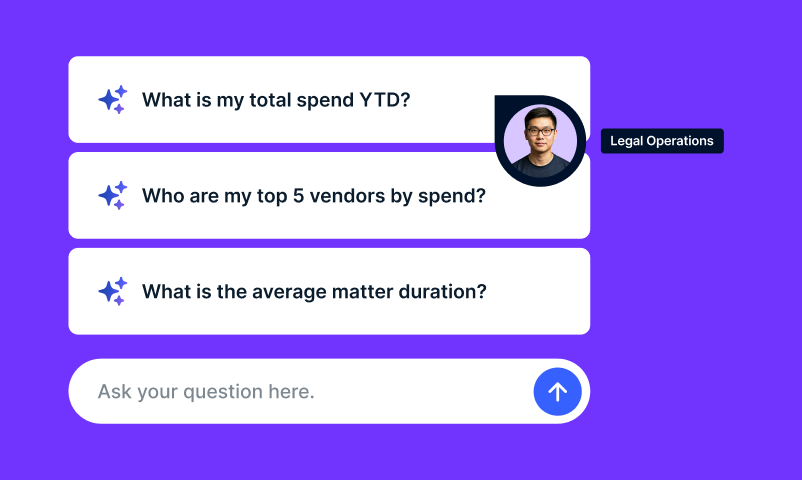
“Computers are useless. They can only give you answers.” – Pablo Picasso
Fortunately for us, computing and cloud technology has evolved to benefit us much more than what Picasso had envisioned. In part I of this blog series we discussed the basic differences between the three most common models of cloud computing:
- Infrastructure as a Service (IaaS)
- Platform as a Service (PaaS)
- Software as a Service (SaaS)
Now we’d like to go into a little more depth about the advantages of each model.
IaaS is for companies that want to have the most control over their service, and have the technical talent to manage everything from the O/S to the applications, and everything in between. There is no need to invest in hardware, and infrastructure scales on demand to support dynamic workloads. Other benefits include cost savings, scalability, focus on business growth, support for disaster recovery and business continuity, and faster time to market. Again, the company must have the technical expertise on hand in order to get the most out of IaaS.
PaaS provides companies with the means to conduct the building and delivering of applications, without the headaches and costs of buying and managing hardware, software, provisioning and hosting. Companies are able to develop and get applications to market faster, and deploy new applications to the cloud quickly. Other benefits include scalability, self-service/reduced administrative costs, lower up-front costs, reduced skill requirements, sharing of resources across multiple development teams and reduced lead times. While PaaS doesn’t require the tech savvy as does IaaS, it may take a little practice to get familiar with the software and start creating your own business applications. An important aspect of PaaS is that it is typically used by companies to build applications that are then sold to other customers as SaaS.
SaaS is for companies who want to quickly start using pre-built applications. This is the key difference between this model and the first two. Applications are accessible from any connected computer and since data is in the cloud, it’s still safe even if your organization’s system crashes. Dynamic scalability based on usage needs is another reason many feel SaaS is the way to go. SaaS is wildly popular as evidenced by the huge number of applications delivered by this means, including Microsoft Office 365 and Salesforce. In a nutshell, you sign up for a service and you’re up and running with the applications you need. Of course you’ll need a little practice on the system, but you get the point. Interestingly, most companies now use at least one form of SaaS, even if they rely heavily on IaaS or PaaS as their primary cloud model.
In the end, you and your team will have to weigh the advantages of each model to see which is the best fit for your business requirements. We guess that for the majority of people who landed on this website and chose to read this blog, there’s a good possibility either PaaS or SaaS would fit the bill. That means you’re seeking quick gains in productivity, efficiency and a hassle-free experience. Then again, your company may have the technical expertise and business requirements that call for IaaS. Some companies quickly seem to know which model is the best fit for them and before you know it, they’re benefitting from their new solution. Don’t feel bad if this isn’t your company – the vast majority of us need to spend more time and research before deciding which way to go.






